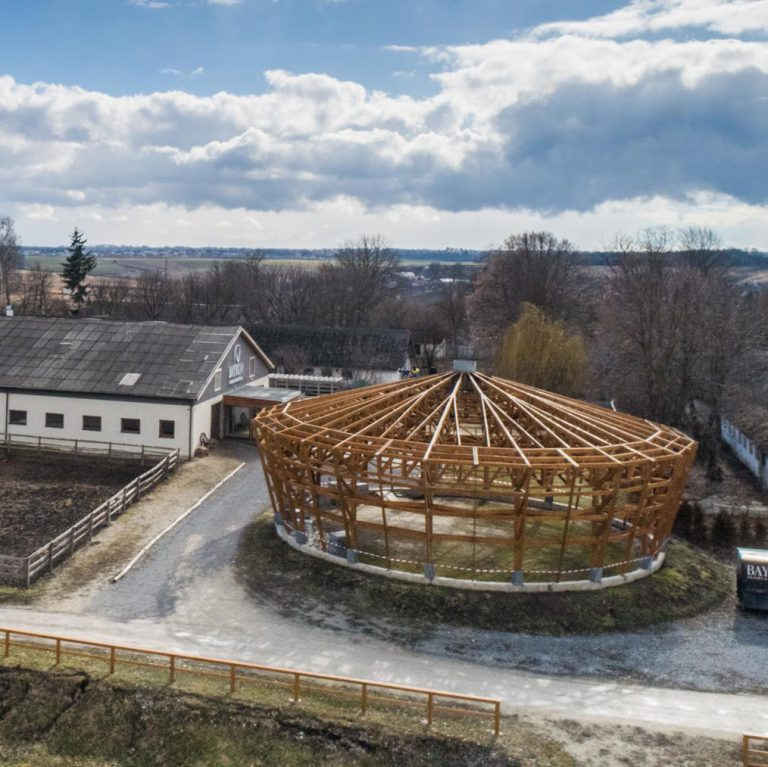From the moment of its formation in 2015, the Baikovetska Hromada has become a model for other communities: they have opened the first rural automated observatory in Ukraine for students to research remote galaxies, they invest in an equestrian club, they plan expansion of the big enterprises, namely the ones that produce electronic equipment for Volkswagen, Audi, and Porsche.
Earlier we have published stories about the Illintsi and the Hlyboka communities in the past.
Baikovetska Hromada was formed in October 2015. In total, the association includes 7 village administrations, two of which joined in December 2018. As of March 2019, almost 9 thousand people live on the territory of Baikovetska Hromada.
Central to the community is the village of Baikivtsi, which lies a few kilometers from Ternopil. Other than Baikivtsi, the community includes the villages of Shliahtyntsi, Lozova, Hai-Hrechynski, Kurnyky, Stehnykivtsi, Dubivtsi, Cherneliv-Russkyi and Soborne. Even before the decentralization reforms, Baikivtsi represented an economic powerhouse in the region. According to Anatoliy Kulyk, the head of Baikovetska Hromada, residents of the surrounding villages, looking at the example of Baikivtsi, believed that positive change would spread to the entire community and made the decision to unite.
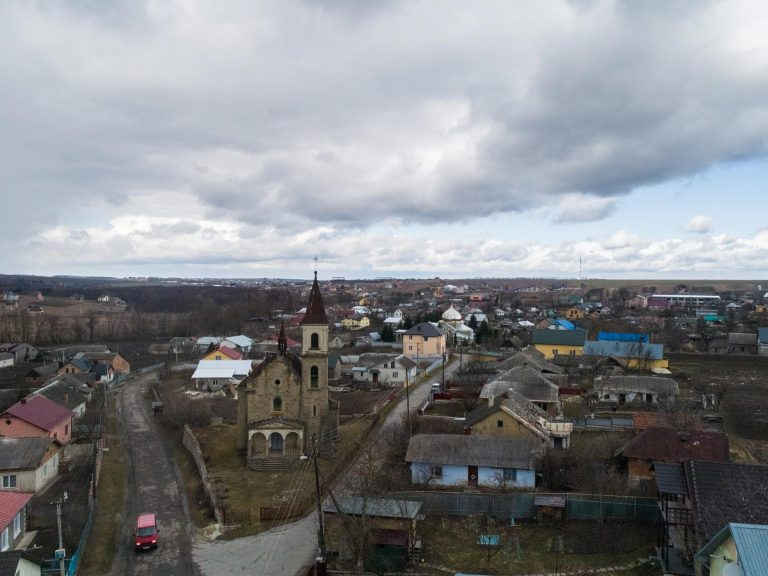
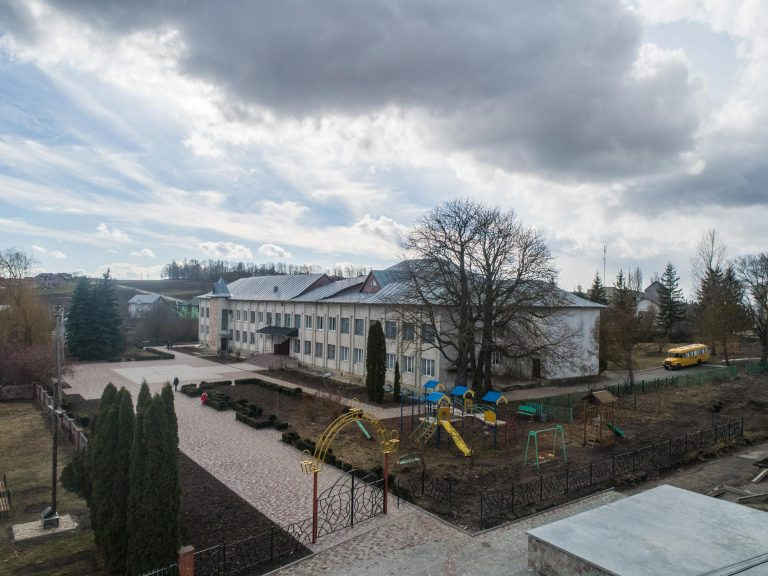
slideshow
According to the expert report issued by the Central Office of Reforms under the Ministry of Regional Development, as of 2018 the Baikovetska Hromada holds the 20th place from the standpoint of financial capacity among 227 Ukrainian communities with a population size of 5,000 to 10,000. The per capita income in the Baikovetska Hromada is UAH 14,230—seventh highest among the Hromadas.
In the first years after the formation, Baikovetska Hromada actively allocated funds for infrastructure: road maintenance, street lighting, maintenance of its schools and hospitals. Today, one of the priorities for the community is to provide its local residents with jobs. The Baikovetska Hromada approved an employment program for 2018–2020 that aims to create favorable conditions for the development of small and medium businesses.

Baikovetska Hromada is introducing a primary health care unit. Here, they have set up a general practice clinic: family medicine, which includes 6 medical and obstetric stations, where you can get a consultation or a referral to the hospitals in Ternopil. This practice is a part of the medical reform, which aims to reduce the need to travel to regional centers for first aid.
In May 2016, a police station was opened in Baikivtsi to serve the community residents and enforce the rule of law.

The head of the Hromada, Anatoliy Kulyk, said that the community has managed to draw in strong specialists, capable of implementing changes. Among them there are both people with experience, and young people who haven’t worked inside this system before.
– It’s not enough to simply swap people in and out for the sake of change. Firstly, you must have experience. Secondly, we need to change the way we think, to forget about the way that things were done in the Soviet Union. When the decentralization began, I latched onto it as an opportunity to build a country for my grandchildren. I want them to live in a country that they are proud of.

Local businesses
The community budget is mostly shaped by taxes on the enterprise. In Baikovetska Hromada there are large companies with international investments that produce cabling-wiring products for automobiles, tools for wood processing, medical equipment, etc.
In 2006, foreign investors decided to build a cable manufacturing plant in Baikivtsi for the Volkswagen auto group “SE Bordnetze-Ukraine” (SEBN UA). Nowadays, this plant is one of the largest employers and donors in the community. Anatoliy Kulyk tells us that it was built over an old car park.
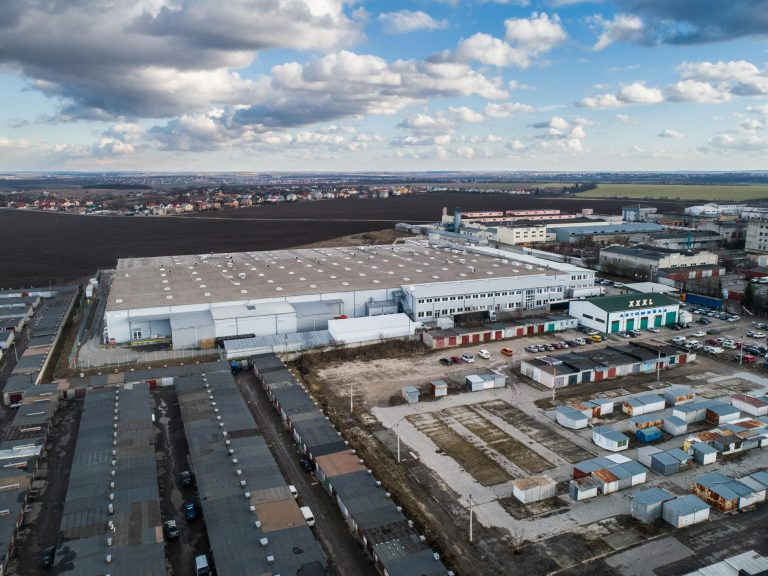
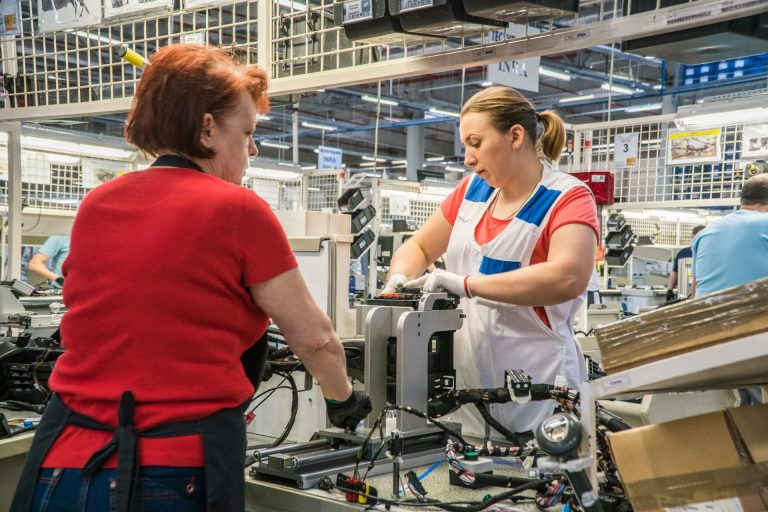
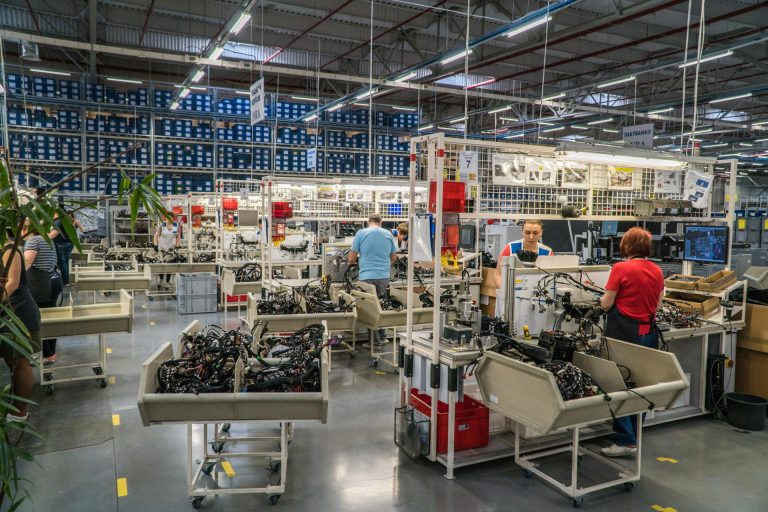
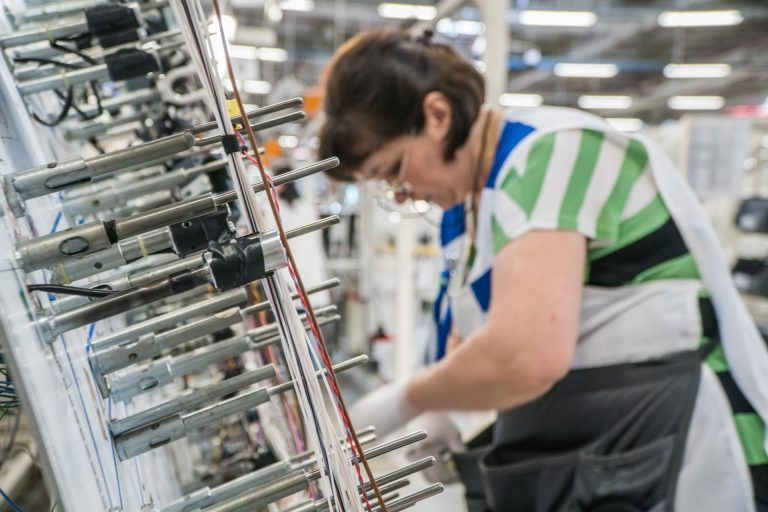
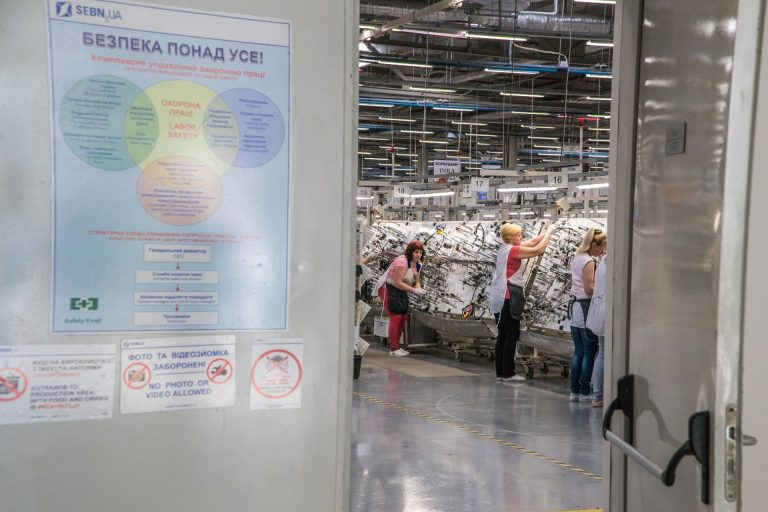
slideshow
German investors arrived and selected Ternopil as a region for the future plant. There was this specific spot that they did like and it was located in Baikivtsi. However, there was a leaseholder of the land plot. We say to him: “Let us offer you another plot of land so that you can earn money there, and we will build the plant here.” He says: “I want at least 2 hectares of land to be privately owned.” We discussed this issue at the village council. There was some degree of opposition to this idea, but the factory did come about, and today we have about 3 thousand jobs, and they want to expand further.
Among the main products manufactured at the factory in Baikivtsi are cable networks for Volkswagen Golf A7, Golf A8, Audi A4 B9 models. Recently, local experts began to make wiring products for the electric sports car Porsche J1. The CEO of SEBN UA, Eckhart Bistram, says that the company already has several branches in Ukraine:
I came here in 2007, and in a year we built a plant in Baikivtsi. In 2013, we opened two branches in Chernivtsi and Chortkiv, and, in 2018, we launched a new production branch in Khmelnytskyi.
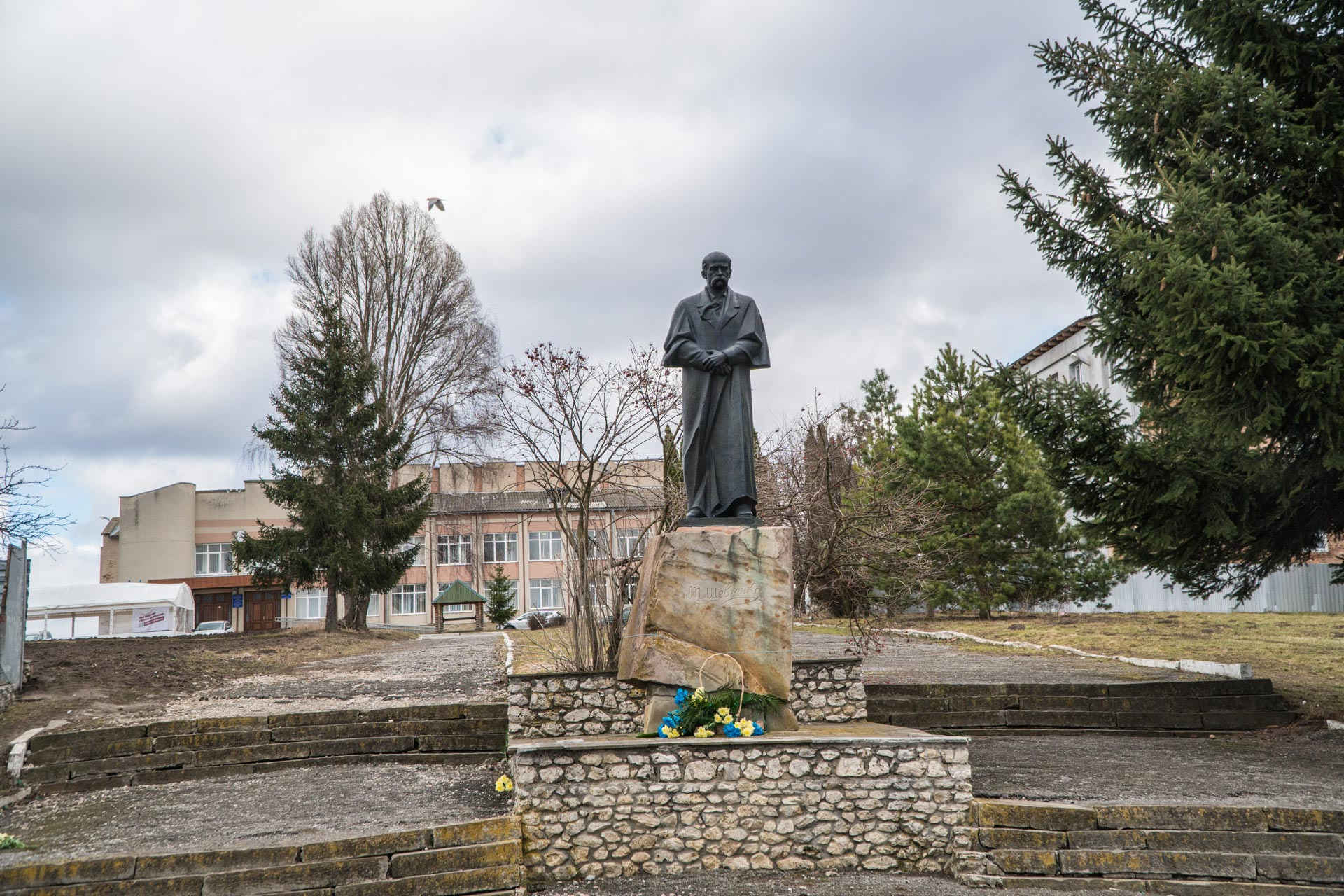
Enterprise “Halit”, which produces dental equipment, has been operating in Baikivtsi since 2000. Here, there are more than 100 specialists manufacturing dental treatment units for the Ukrainian market and export. Company representatives say they’ve had the experience of cooperating with the Ukrainian military, – providing them with autonomous dental units that work from an outlet. Also, according to Anatoliy Kulyk, the community plans to negotiate with the company on the installation of its own X-ray unit:
Dental care services are currently free in the community, at the expense of the village budget. We plan to put these small X-ray scanners, so that the doctor doesn’t have to say, “Go to Ternopil! Get an X-ray!”. These services are mainly used by retirees and seniors. Because people that have the means can go to Ternopil, to a paid doctor. For those who can’t afford it, we try to provide these services.
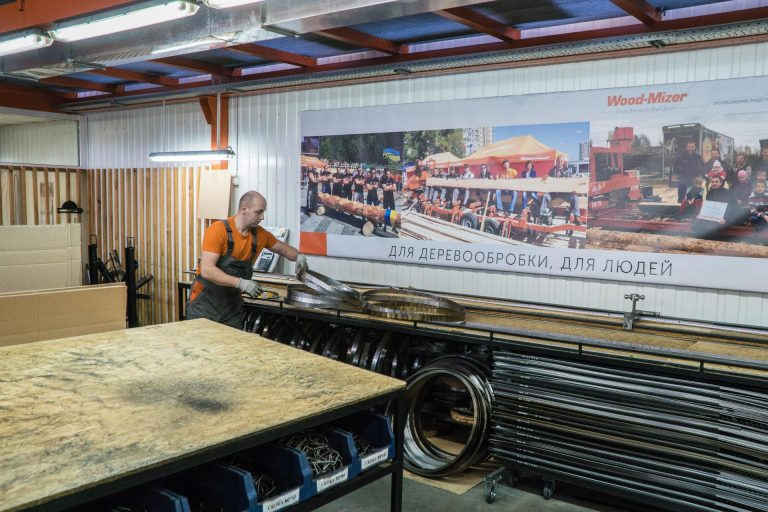
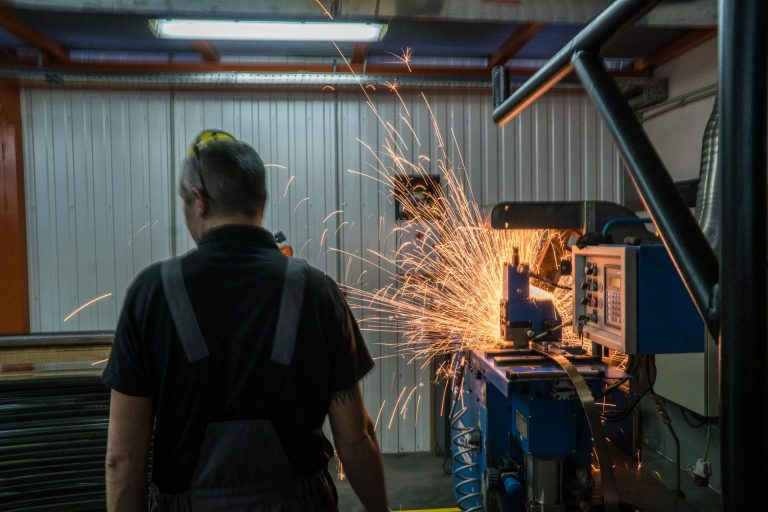
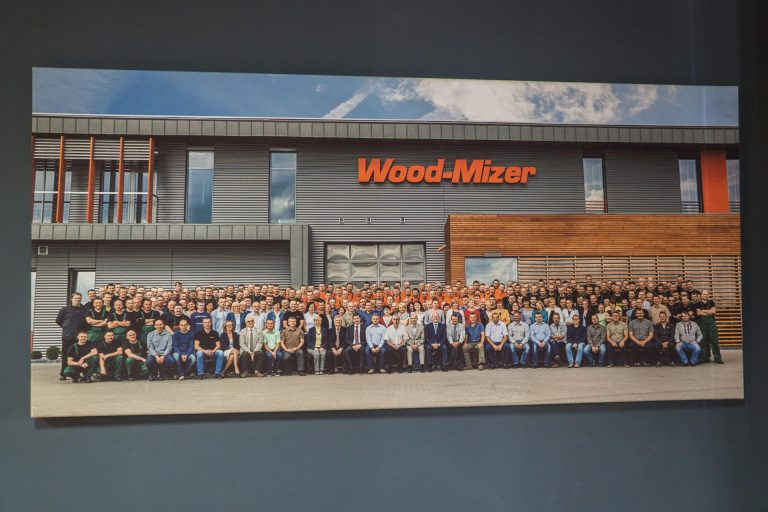
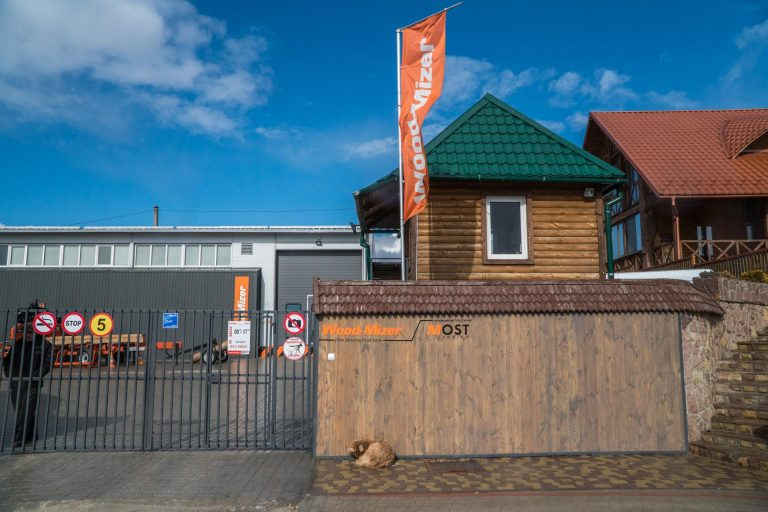
slideshow
An official representative of the American company Wood-Mizer, the company MOST-Ukraine, which manufactures and serves woodworking tools, has been working in Baikivtsi since 2009. An employee of the company, Dmytro Malyar, says that over the past few years they also have been building in Baikivtsi an equestrian club called “Baykov”, which will further promote the community and attract investments:
– As of March 2019, we have 11 horses and small ponies. Some of them have already been bred here. We brought the first animals from Chutkivskyi Equestrian Plant, which is in Poltavshchyna. These horses are of the Trakehner warmblood breed (the Trakehner breed of horses originates from Germany, the town of Trakehnen specifically, in the late eighteenth century, – ed.).
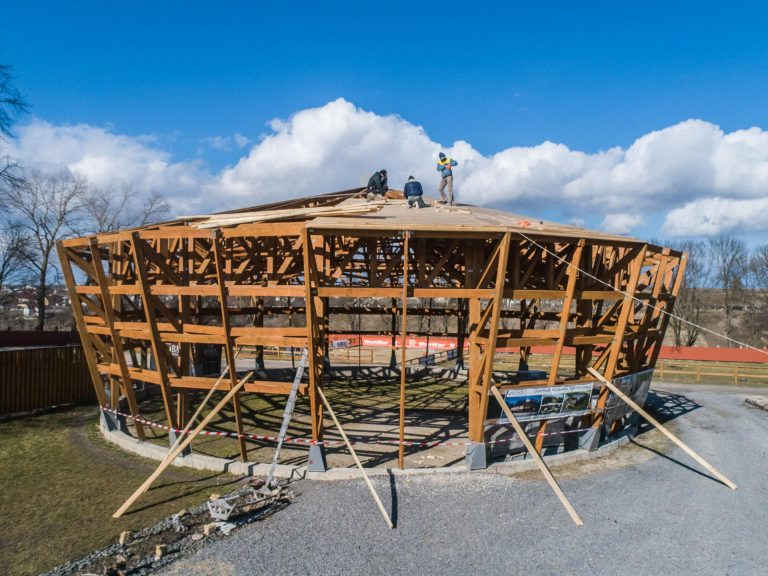
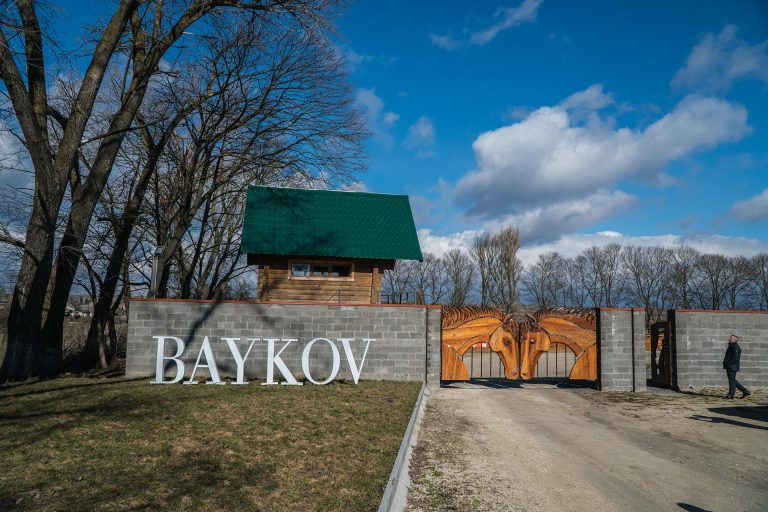
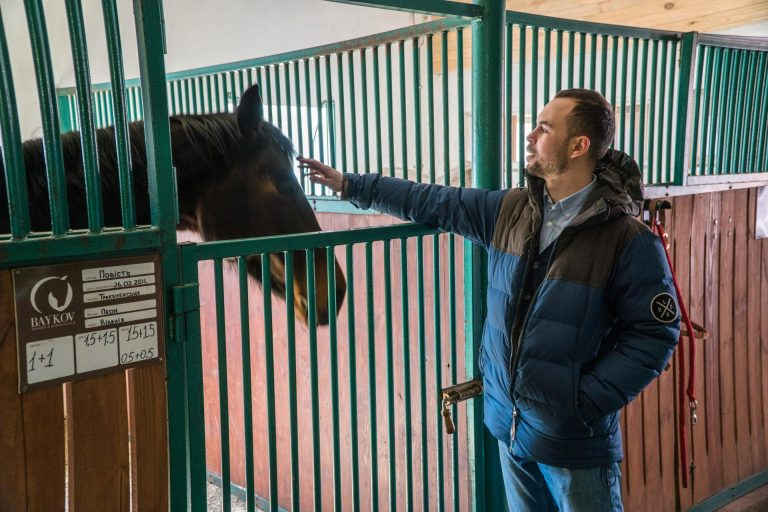
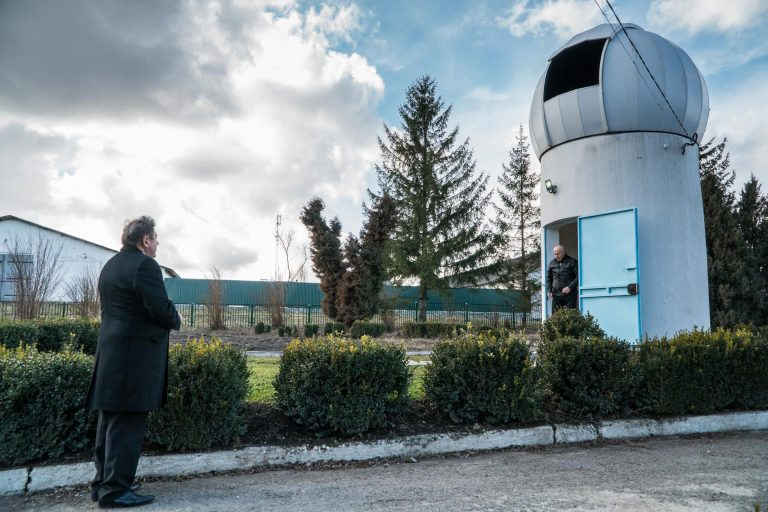
slideshow
The construction of the equestrian club began as a hobby, and is now intended to become a commercial project. The company is building an indoor riding hall for competitions, infrastructure for visitors, and trains horses for participation in local and national competitions:
This club will provide training services for adults and children and hippotherapy. We will also organize equestrian competitions, exhibitions, and promote horse breeding in Ukraine. I think Baikovetska Hromada enjoys so much success because both people and enterprises are actively working for the benefit of the community.
The most valuable resource of any community is its people. Anatoliy Kulyk tells us that the conscious wish of people to unite for the sake of common benefit is one of the factors that lies at the base of Hromada idea:
—Our communityis a big family. The people that have to or at least try to like each other. Good things can only be built when we are surrounded by love. Evil — is isolation. What goes around, comes around. If you treat a person with kindness — he or she will be more grateful for the goodness you gave them.

Village observatory
The village Lozova is a community center, so a hub school was set up right here to provide access to high-quality education to students from other communities. In 2004, funded by the Ministry of Education, an experimental physics classroom opened in Lozova. After the formation of Baikovetska Hromada the community has allocated funds for new multimedia equipment and furniture for the classroom. The Lozova hub school hosts “Scientific Picnics”, where participants conduct experiments in physics, chemistry, and biology.
In June 2018, the first rural school observatory with computer hardware and educational materials was opened in Lozova. The capacity of the telescope installed in the observatory allows you to observe even the most distant galaxies.
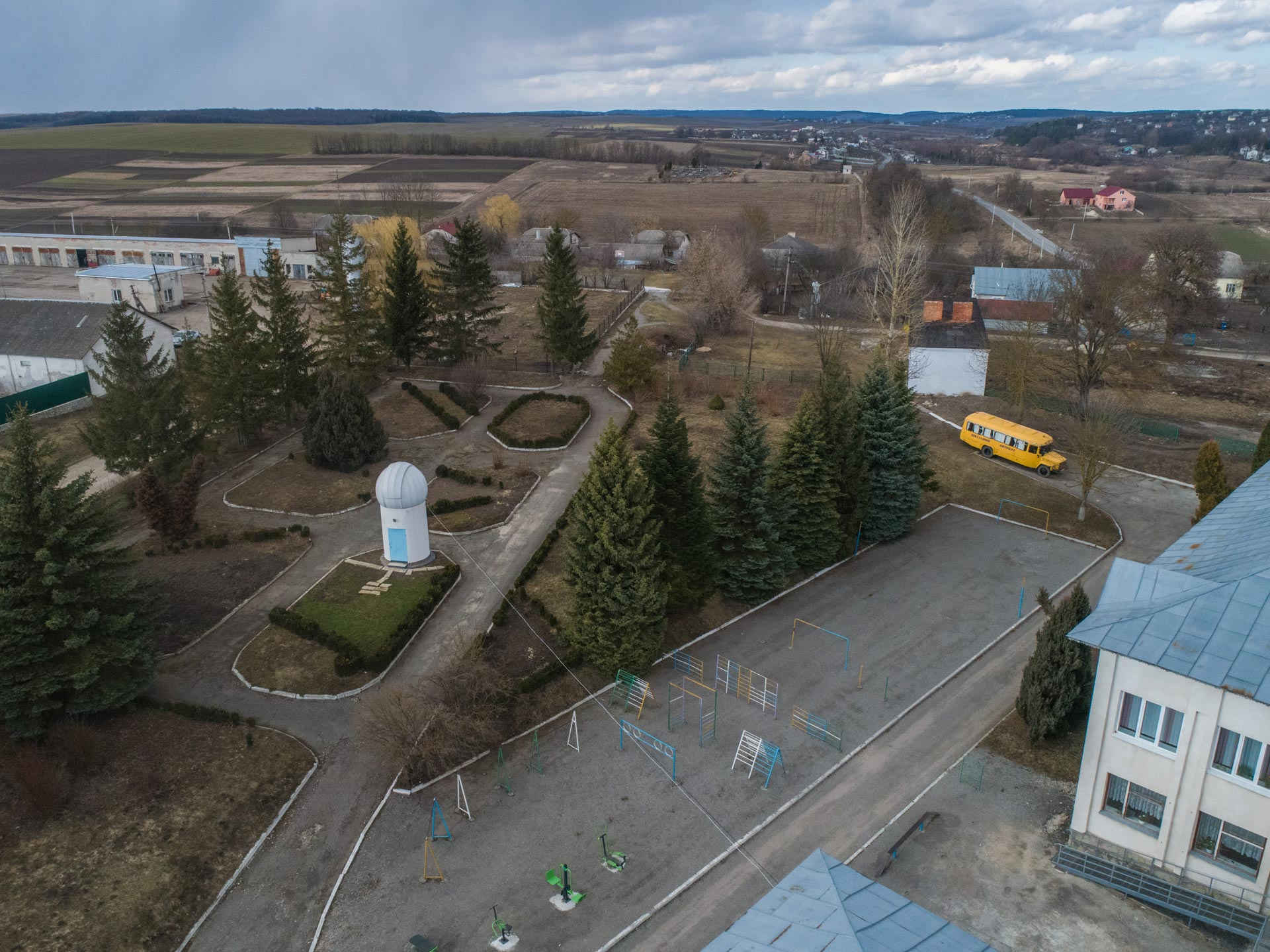
The community put some money together to repair the premises and equip the observatory with everything necessary. The project was also partially funded by the USAID project “Decentralization brings better results and performance” (in Ukrainian, the acronym for this name is DOBRE—a word which means “good”). The Observatory has turned into a learning center for all the students in the community. It hosts classes for astronomy clubs, research work, seminars, and meetings. The head of Baikivtsi, Anatoliy Kulyk, recalls that the idea of opening an observatory arose during a meeting with school children.
When the community was formed, I received an invitation to a “Science Picnic” at the school. Then they said to me: “Maybe we could open the observatory sometime here?” The idea was presented by the DOBRE project, they bought us a powerful telescope, and later we bought an even more powerful one. You can see new constellations using these telescopes and I gave a task to the students to find a new unknown constellation and to name it after the Baikovetska Hromada.

The physics and astronomy teacher of the Lozova hub school, Mykhailo Shemelia, says that the idea of building a school observatory has been brewing for almost 10 years. It all began with the local society of astronomy enthusiasts”Nebozvid” (The Canopy of Heaven), who gather to play “astroquests” and listen to lectures.
During his tenure at the club, Mykhailo met an amateur astronomer, Serhiy Verbytskyi, who produces equipment for observatories.
At first, we planned to build an observatory on the roof of the school, but the specialists noted that the best place for the astrophotography would be near the school instead. Serhiy and I developed a plan for a small house and built the automatic control of the observatory from the physics classroom. There is a computer here—it displays an image on the screen and projects it onto a large board in the physics classroom. In the summer, when we observed the eclipse of the Moon, there were up to 80 people here, some of them even arrived from other cities.
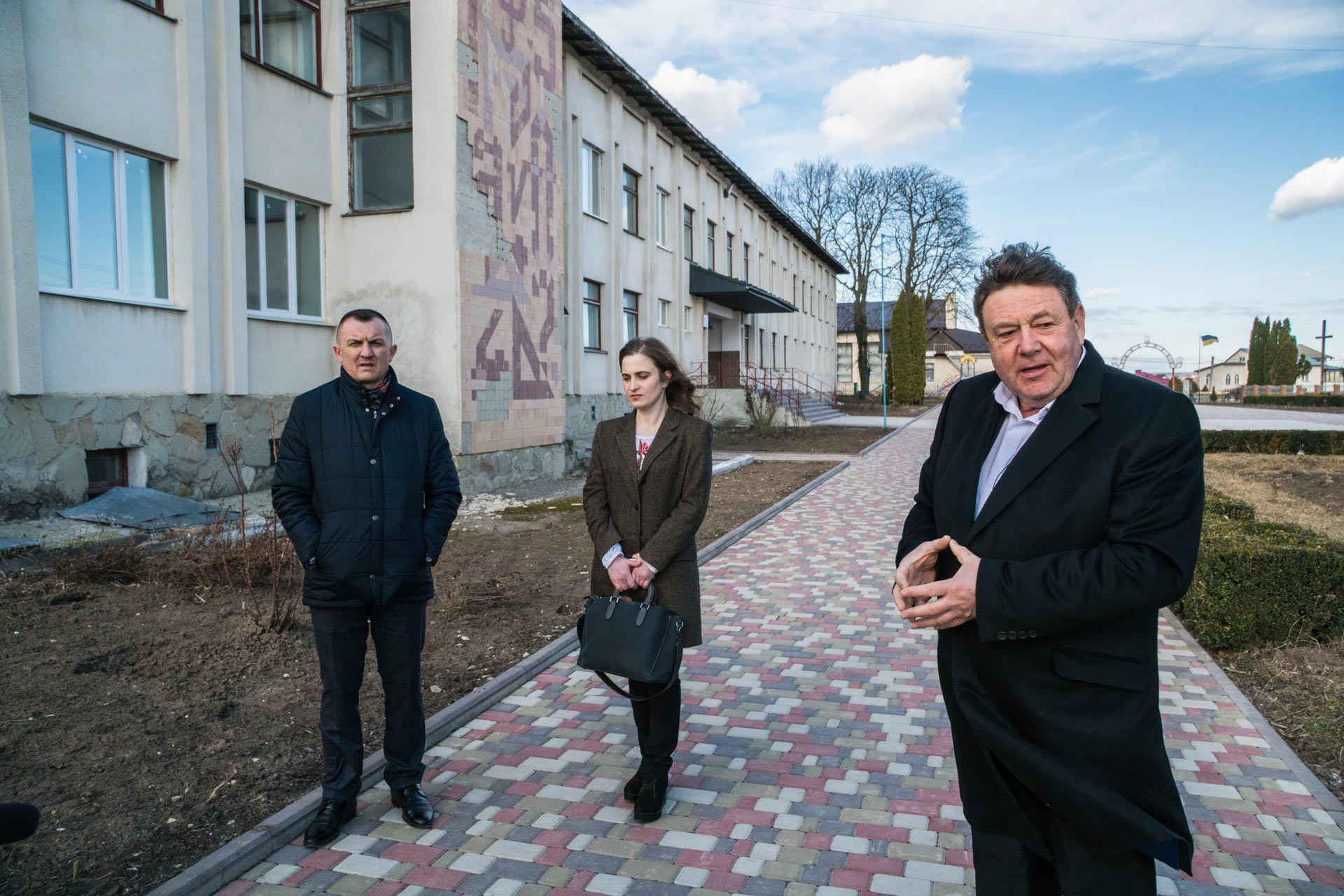
Through the Internet the community plans to provide temporary remote access to the telescope. Local astronomers can receive and carry out research orders. And Mykhailo Shemelia is looking for scientists, under whose guidance students could conduct research and present their developments to the public.

